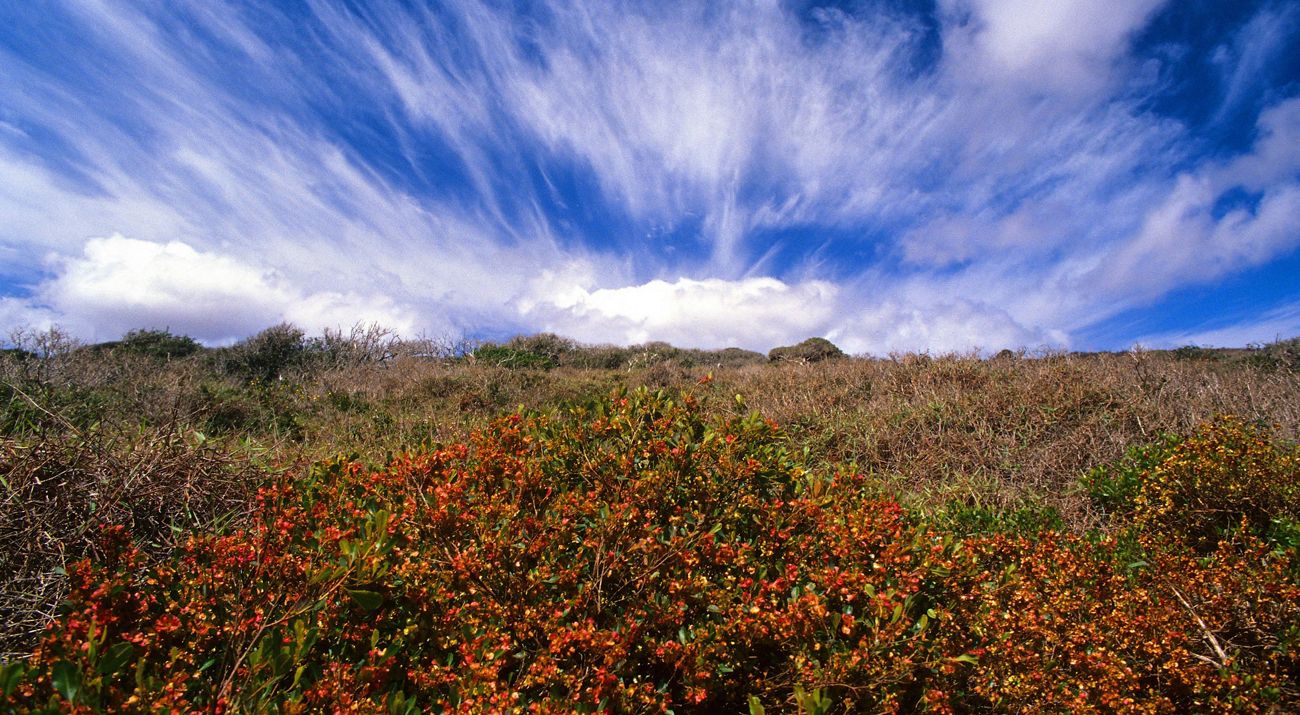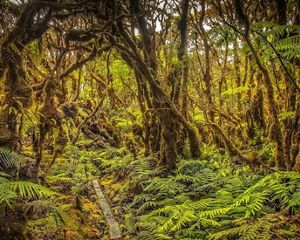Description
Why TNC Selected This Site
Kānepuʻu Preserve was established in 1991 through a permanent conservation easement from then landowner Castle & Cooke. The preserve was created to protect and enhance the olopua/lama dryland forest that once covered large portions of the lowlands on Maui, Molokaʻi, Kahoʻolawe and Lānaʻi. Today, Kānepuʻu Preserve contains the last major remnants of this rare dryland forest community.
What TNC Is Doing
For more than two decades, TNC has been working with local residents and volunteers to protect and restore the unique dryland forests at Kānepu‘u. Today, TNC manages the preserve in partnership with Ike ʻAina, a native Hawaiian land trust, and is working to contain the spread of invasive plants and animals and prevent the introduction of new alien species. The long-term goal is to ensure the viability of this rare native forest by building the capacity of the local community and private landowner to become the preserve’s caretakers.



